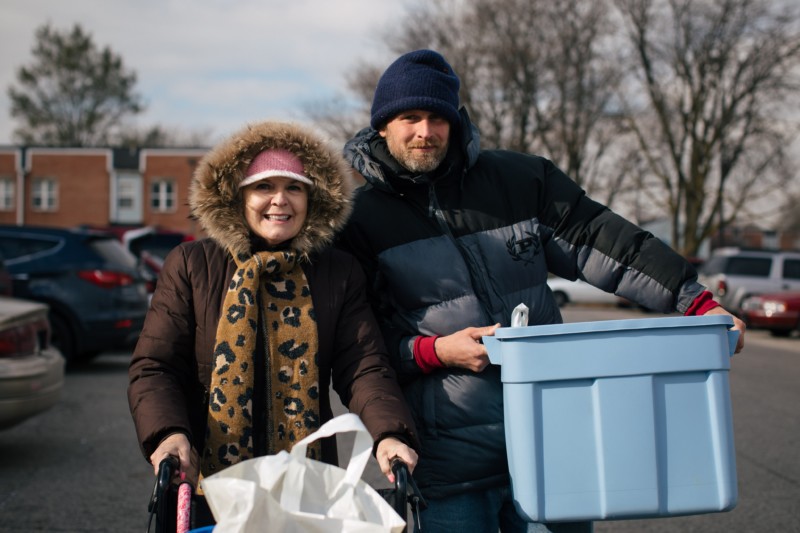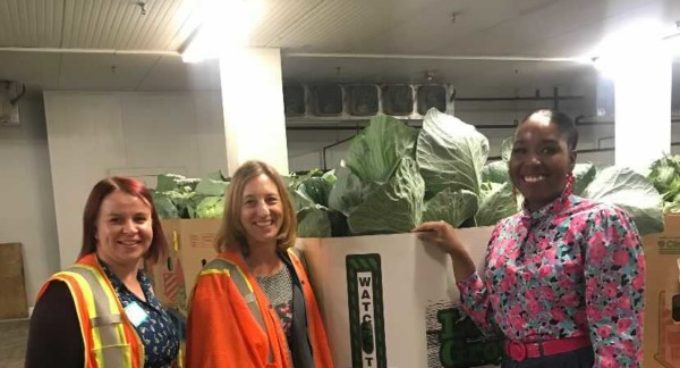 Amid a continuing pandemic, families everywhere are finding new ways to celebrate old traditions this holiday season – but far too many continue to find themselves without the means to put food on tables that were once full during past celebrations. As more families than ever face a food crisis this winter, soon so will food banks.
Amid a continuing pandemic, families everywhere are finding new ways to celebrate old traditions this holiday season – but far too many continue to find themselves without the means to put food on tables that were once full during past celebrations. As more families than ever face a food crisis this winter, soon so will food banks.
Food banks are helping to meet the moment by providing food to families in need, but they are facing a steep decline in their food supply.
Feeding our community members and helping them to makes ends meet is no small task, especially when the need for food assistance has increased, on average nationwide, by nearly 60 percent due to the pandemic and economic downturn. The Feeding America network of 200 food banks provided 5 billion meals last year, and 30 percent of that food was provided through United States Department of Agriculture (USDA). In particular, a critical source of food is The Emergency Food Assistance Program (TEFAP) – a key public-private partnership that moves food from growers and producers to food banks to families in need.
Despite the nation’s public health and economic crises continuing with no end in sight, food banks are expecting to lose about 50 percent of the foods they receive from USDA – a dramatic decrease of about $1.1 billion in food purchases of produce, dairy, and other pantry staples nationwide – due to sources of COVID-19-related funding ending in 2020.
More people than ever are not able to put food on the table – requiring action from the USDA.
Less food plus more need is an equation that is devastating for the people we serve. If the USDA scales down the food support food banks receive, our communities will witness more parents making tough choices between food and other basic needs, more seniors opening bare pantries, and more kids going through the school day without the nutrition needed to learn.
Across the Feeding America network, the demand for food assistance continues to be evident, including for food banks such as the Regional Food Bank of Oklahoma:
Oklahoma has experienced a tremendous increase of unemployment and our network has been able to meet this increase of clients greatly due to the flexibility offered by TEFAP in distribution frequency, increasing the federal poverty level, and allowing agency staff/volunteers to sign on behalf of clients.
USDA can help provide what millions of people need most right now: more food.
Food banks are doing everything possible to continue to meet the challenge of increased demand for food, but we cannot do it alone. In addition to boosting Supplemental Nutrition Assistance Program (SNAP) benefits to offset record-high grocery prices, we need more USDA food purchases to ensure that we are doing all that we can to fight hunger.
As we enter a period of gathering over food, the last thing families should have to worry about is how they will find their next meal – and the USDA can take vital steps to make that a reality.



